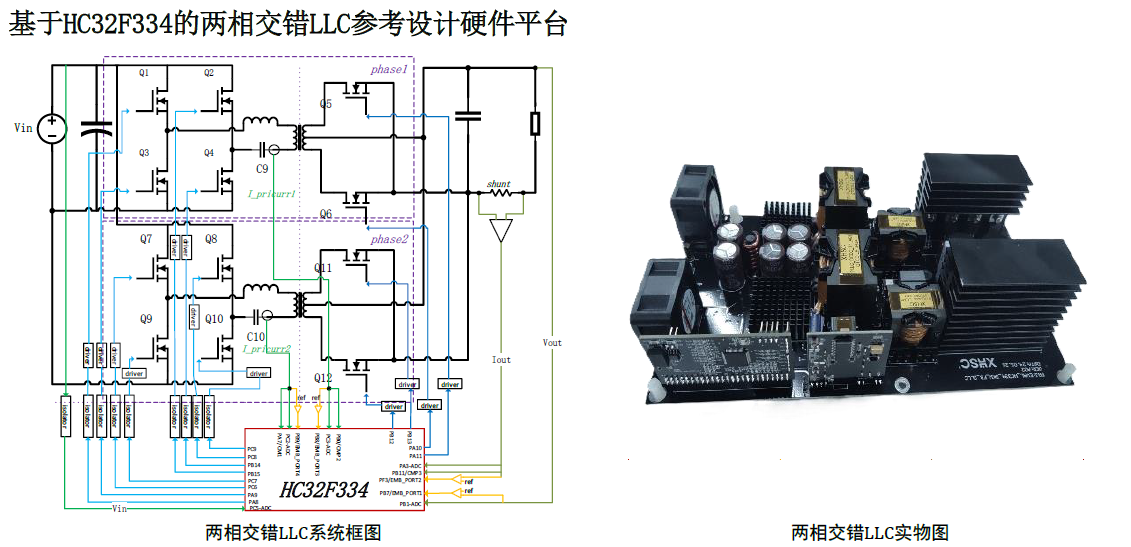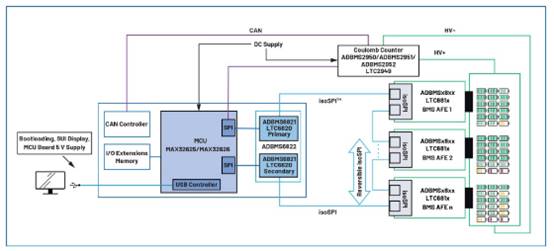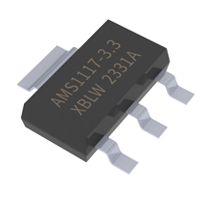前些时刻玩了下STM32,感觉不错,资源和功用丰厚,用起来挺随手的。和51底子不是一个层次的,用往后决议专用RAM-M3中心的嵌入式MCU。仅有缺乏便是STM32的固件库用的不爽,下手直接操作寄存器(51带来的影响)。可是又发现STM32的外部模块操作起来十分困难尤其是I2C,底子便是不能用。
今日下手了LPC1766,彻底的寄存器操作和比较了STM32,LPC比较适宜直接寄存器操作。今日学习效果如下(根据周建功LPC1766板):
/****************************************Copyright (c)****************************************************
** Guangzhou ZLGMCU Development Co., LTD
**————–File Info———————————————————————————
** File name: main.c
** Last modified Date: 2010-09-28
** Last Version: V1.0
** Descriptions: The main() function example template
**
**——————————————————————————————————–
** Created by: Lan wuqiang
** Created date: 2010-09-28
** Version: V1.00
** Descriptions: 收拾模板,增加用户应用程序
**
**——————————————————————————————————–
** Modified by:
** Modified date:
** Version:
** Descriptions:
**
**——————————————————————————————————–
** Modified by:
** Modified date:
** Version:
** Descriptions:
**
** Rechecked by:
*********************************************************************************************************/
#include “LPC17xx.h” /* LPC17xx外设寄存器 */
/*********************************************************************************************************
变量与宏界说
*********************************************************************************************************/
#define BEEP (1 << 11) /* P0.11衔接蜂鸣器 */
#define KEY1 (LPC_GPIO2->FIOPIN & (1 << 10)) /* P2.10衔接KEY1 */
#define KEY2 (LPC_GPIO2->FIOPIN & (1 << 11)) /* P2.11衔接KEY2 */
#define KEY3 (LPC_GPIO2->FIOPIN & (1 << 12)) /* P2.12衔接KEY3 */
#define KEY4 (LPC_GPIO2->FIOPIN & (1 << 13)) /* P2.13衔接KEY4 */
#define BEEPOFF() LPC_GPIO0->FIODIR |= BEEP;LPC_GPIO0->FIOSET |= BEEP /* 蜂鸣器关 */
#define BEEPON() LPC_GPIO0->FIODIR |= BEEP;LPC_GPIO0->FIOCLR |= BEEP /*蜂鸣器开 */
#define LED1 (1 << 0) /* P2.0衔接LED1 */
#define LED2 (1 << 1) /* P2.1衔接LED2 */
#define LED3 (1 << 2) /* P2.2衔接LED3 */
#define LED4 (1 << 3) /* P2.3衔接LED4 */
#define LED1OFF() LPC_GPIO2->FIODIR |= LED1;LPC_GPIO2->FIOSET |= LED1 /* LED1关 */
#define LED1ON() LPC_GPIO2->FIODIR |= LED1;LPC_GPIO2->FIOCLR |= LED1 /* LED1开 */
#define LED2OFF() LPC_GPIO2->FIODIR |= LED2;LPC_GPIO2->FIOSET |= LED2 /* LED2关 */
#define LED2ON() LPC_GPIO2->FIODIR |= LED2;LPC_GPIO2->FIOCLR |= LED2 /* LED2开 */
#define LED3OFF() LPC_GPIO2->FIODIR |= LED3;LPC_GPIO2->FIOSET |= LED3 /* LED1关 */
#define LED3ON() LPC_GPIO2->FIODIR |= LED3;LPC_GPIO2->FIOCLR |= LED3 /* LED1开 */
#define LED4OFF() LPC_GPIO2->FIODIR |= LED4;LPC_GPIO2->FIOSET |= LED4 /* LED2关 */
#define LED4ON() LPC_GPIO2->FIODIR |= LED4;LPC_GPIO2->FIOCLR |= LED4 /* LED2开 */
/*********************************************************************************************************
** Function name: GPIOInit
** Descriptions: GPIO初始化
** input parameters: 无
** output parameters: 无
** Returned value: 无
*********************************************************************************************************/
void GPIOInit (void)
{
LPC_PINCON->PINSEL0 &= ~(0x03 << 22); /* 装备P0.11为GPIO */
LPC_PINCON->PINSEL4 &= 0XF00FFF00; /* 装备P2.0~P2.3和P2.10~P2.13为GPIO*/
LPC_GPIO0->FIODIR |= BEEP; /* 装备P0.11即BEEP为输出 1 */
LPC_GPIO2->FIODIR |= 0X000000FF; /* 装备P2.0~P2.3为输出 1 */
LPC_GPIO2->FIODIR &= 0XFFC3FFFF; /* 装备P2.10~P2.13为输入 0 */
}
/*********************************************************************************************************
** Function name: main
** Descriptions: 用户程序进口函数,将JP17短接,P0.11脚操控蜂鸣器,
** 将JP4的KEY1与P2_10短接,每按下KEY1,蜂鸣器响一声
** input parameters: 无
** output parameters: 无
** Returned value: 无
*********************************************************************************************************/
int main (void)
{
SystemInit(); /* 体系初始化 */
GPIOInit();
while (1) {
if (KEY1 == 0) { /* 假如KEY1按下,蜂鸣器鸣叫 */
BEEPON();
LED1ON();
} else { /* 松开则中止蜂鸣 */
BEEPOFF();
LED1OFF();
}
if (KEY2 == 0) { /* 假如KEY2按下,LED2亮 */
LED2ON();
} else { /* 松开则LED2灭 */
LED2OFF();
}
if (KEY3 == 0) { /* 假如KEY3按下,LED3亮 */
LED3ON();
} else { /* 松开则LED3灭 */
LED3OFF();
}
if (KEY4 == 0) { /* 假如KEY4按下,LED4亮 */
LED4ON();
} else { /* 松开则LED4灭 */
LED4OFF();
}
}
}
/*********************************************************************************************************
End Of File
*********************************************************************************************************/









